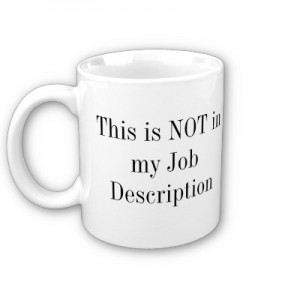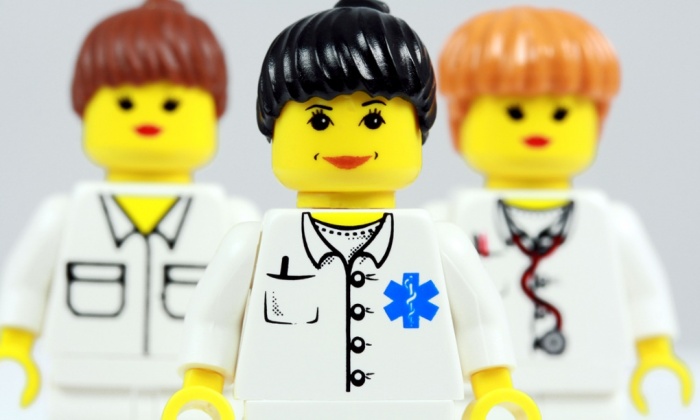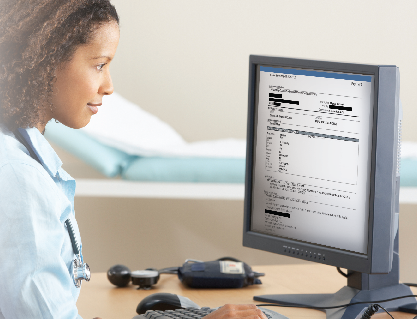As we discussed in our first outreach blog, step one is to establish a relationship with a provider or a network of providers through education or other interactions. Once you’ve created this relationship, you will want to capitalize on the potential additional volume for your program and institution, as well as be able to continue to provide the outstanding service your program is known for. In order to do this, you must be able to make working with you seamless and easy, without increasing the actual or perceived burden to the organization’s patients.
Read MorePosted by Dr. John Daller, MD, PhD, FACS on Jul 23, 2015 10:22:00 AM
Posted by Dr. John Daller, MD, PhD, FACS on Jul 9, 2015 2:57:51 PM
In our next series of blogs, we will discuss the concept of outreach and how programs can use it to improve not only their volumes, but also their outcomes. Outreach can be simplistically defined as the act of reaching out to a group. It may also be defined as a systematic attempt to provide services beyond conventional limits to a particular segment of the community. In this blog, we will concentrate on the former definition, namely, reaching out to different groups to grow our program.
Read MorePosted by Ellen Bzomowski on Jun 30, 2015 1:35:29 PM
The HITECH Act and Meaningful Use requirements have ushered in a new era of health information management that promises to deliver better care quality, greater efficiency and at a lower cost. It’s also putting more pressure on staff to get clinical data into the EHR data fields. As a result, already strained resources are being strained even more. The health data integration dilemma is especially acute when dealing with external data sources, such as clinical labs that often arrive by fax or are made available via portals.
Read MorePosted by Dr. John Daller, MD, PhD, FACS on May 1, 2015 1:33:00 PM
When asked to evaluate workflow processes in transplant programs, we often here from hospital administrators that their transplant program is over-resourced and they do not understand why work-up time is so long, why patients complain that it takes so long to get a phone call returned or why the physicians always ask for more staff. " Do you know what your transplant staff is truly doing?", is usually the next question we ask. Not to our surprise, the answer is "of course".
Unfortunately, when asked to describe what the work consists of, it frequently is a recitation of the job descriptions that the staff was hired under. After we perform a time and work assessment and interview the staff, what we universally find is that the staff is being pulled in multiple directions, frequently performing clerical and administrative task that detract from patient care. No wonder work up times are so long and patient satisfaction scores are low.
Read MorePosted by Dr. John Daller, MD, PhD, FACS on Apr 27, 2015 3:51:00 PM
Tracking Data is a Key Component of QAPI Programs, not only for CMS but also now with UNOS
Read MorePosted by Ellen Bzomowski on Apr 14, 2015 12:07:00 PM
Case finding is a never-ending cycle of review and follow up. It’s an enormous manual effort to abstract data from patient files to populate hospital, central, state or the National cancer database to complete the case entry; as well as checking on the status of cases in suspense and quality control that binds it all together. Though I’m not a certified registrar myself, I definitely get the impression from those that I have spoken with that they continue to be fiercely devoted to the important work they do; and are steadfast in getting it right.
Read MorePosted by Ellen Bzomowski on Apr 7, 2015 5:27:00 PM
When you hear people talk about a Continuity of Care Document (CCD), funny enough, it’s actually usually a “document”. In reality, the specification for a CCD, according to Wikipedia, is “an XML-based markup standard intended to specify the encoding, structure, and semantics of a patient summary clinical document for exchange.” CCDs are important to patient’s treatment, but its original intention of being a way for pertinent patient information to be transferred one system to another has not yet been realized. So, when patients are referred to another physician or if CCDs are trying to be used to convert massive amounts of data from one EHR to a new EHR, the exchange of information is often not seamless.
Read MorePosted by Greg Gies on Apr 2, 2015 6:00:00 AM
Transplant care teams have enough challenges managing patient information arriving from outside their institution. It's already a full workload entering primary data from the transplant evaluation process. It's a never ending process of data entry for solid organ programs. EHR adoption is adding to that already heavy workload and is creating the need to enter more discrete data. Ask yourself: isn't it enough that your solid organ transplant teams sift through a large number of non-electronic patient details from their originating healthcare institution? Meaningful use adds even more data entry pressure. This means your team will need to key in more discrete data into that EHR system. This type of change is not decreasing the workload, or making it easier to improve quality care. Does this sound familiar?
Read MorePosted by Greg Gies on Mar 31, 2015 6:00:00 AM
If you had electronic tools to automate data entry, capture the valuable data that is currently coming to you in electronic and paper documents, and use it immediately to make essential clinical decisions, would you ever go back to the entering data the old way?
We all know the challenges of data entry associated with screening and long term care of patients arriving from outside your health system. Why should you have to wait for paper documentation to be sorted and entered by your staff when there are tools to automate and standardize data entry tasks? Sharing information among health institutions and physicians is not yet standardized, but that doesn't mean you can't achieve efficiencies and automation with an affordable technology. Recent news reports confirm that interoperability is not a short term solution. The fact is you don't have to wait to take advantage of tools that improve data completeness and accuracy in your EHR – the data you need to make the right decisions for your patients.
Read More





